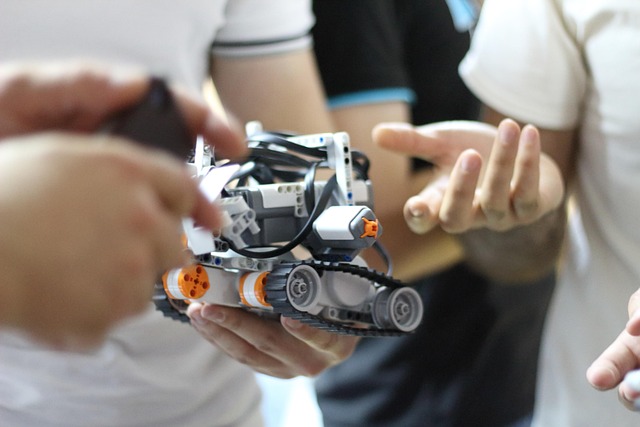Article Title:A machine to hear for them: On the very possibility of sound's reproduction
Abstract:
Although many writers have argued that the sound reproduction technologies invented in the late nineteenth and early twentieth century United States transformed cultural understandings of hearing, these technologies also embody prior changes in the meaning of hearing and function of the ear in nineteenth century culture. Taking as its point of departure an analysis of the ear phonautograph (a machine that traced sound vibrations on smoked glass using an excised human middle ear), this essay shows how the ear assumed a new importance in nineteenth century life, culminating in its becoming a kind of abstract model for sound reproduction technologies. Their physical form, as well as their most basic mechanical function (the vibration of a diaphragm to produce sound) resulted from the interplay among researches on sound, the training of the deaf, the new science of otology, and the institutions of science and medicine during the third quarter of the nineteenth-century. Based on this history, the essay argues for a new philosophy of sound that takes seriously the physiological, physical, and mechanical aspects of sound culture as dynamic-rather than static-elements within the history of sound.
Keywords: sound culture; ear; hearing; media technology; philosophy of communication; history of communication
DOI: 10.1080/09502380152390517
Source:CULTURAL STUDIES
Welcome to correct the error, please contact email: humanisticspider@gmail.com



